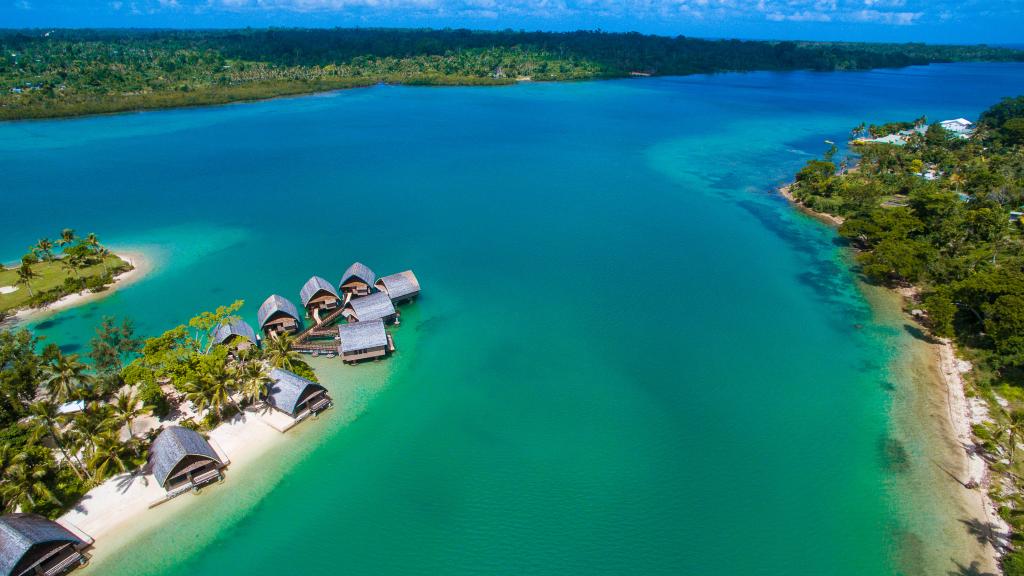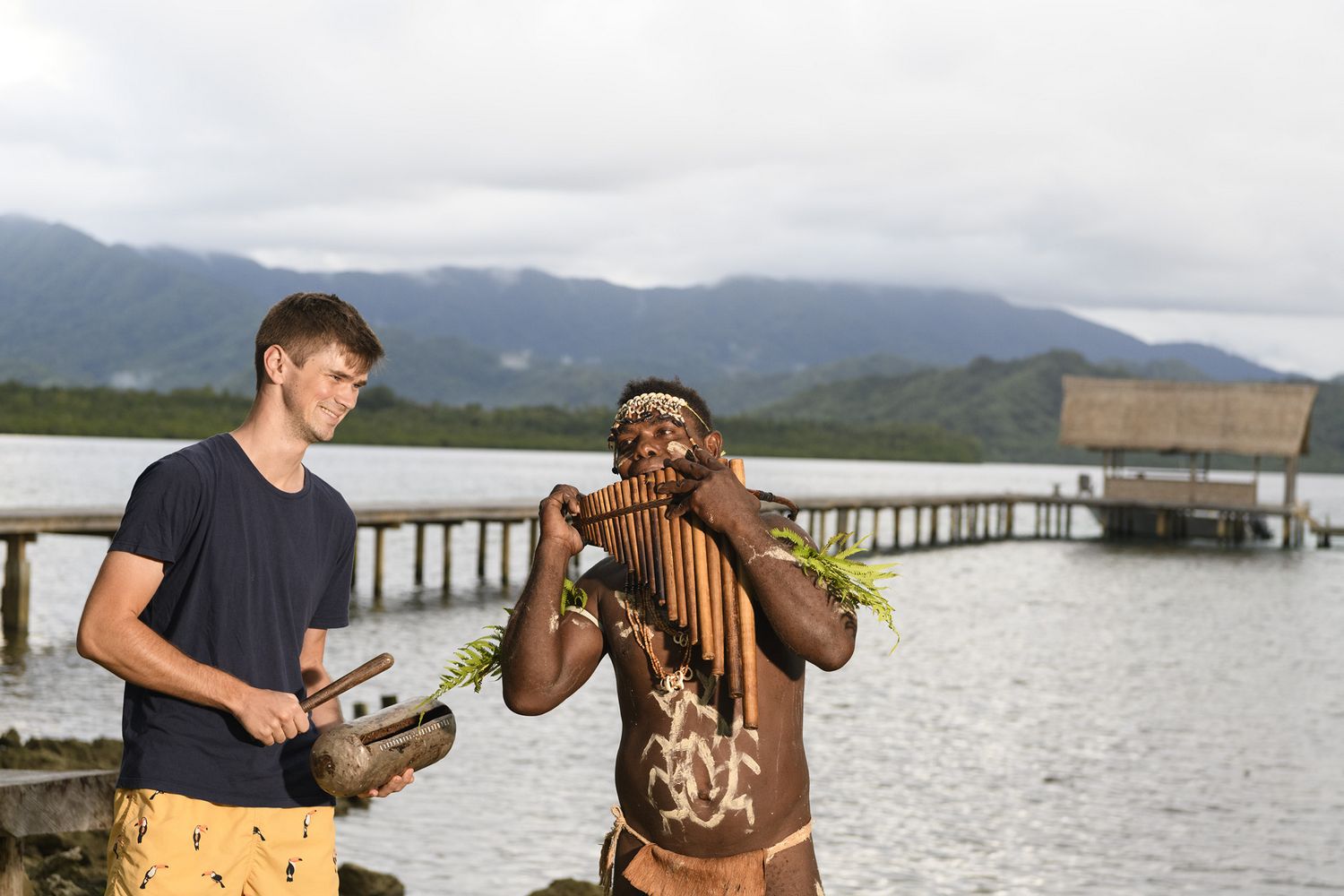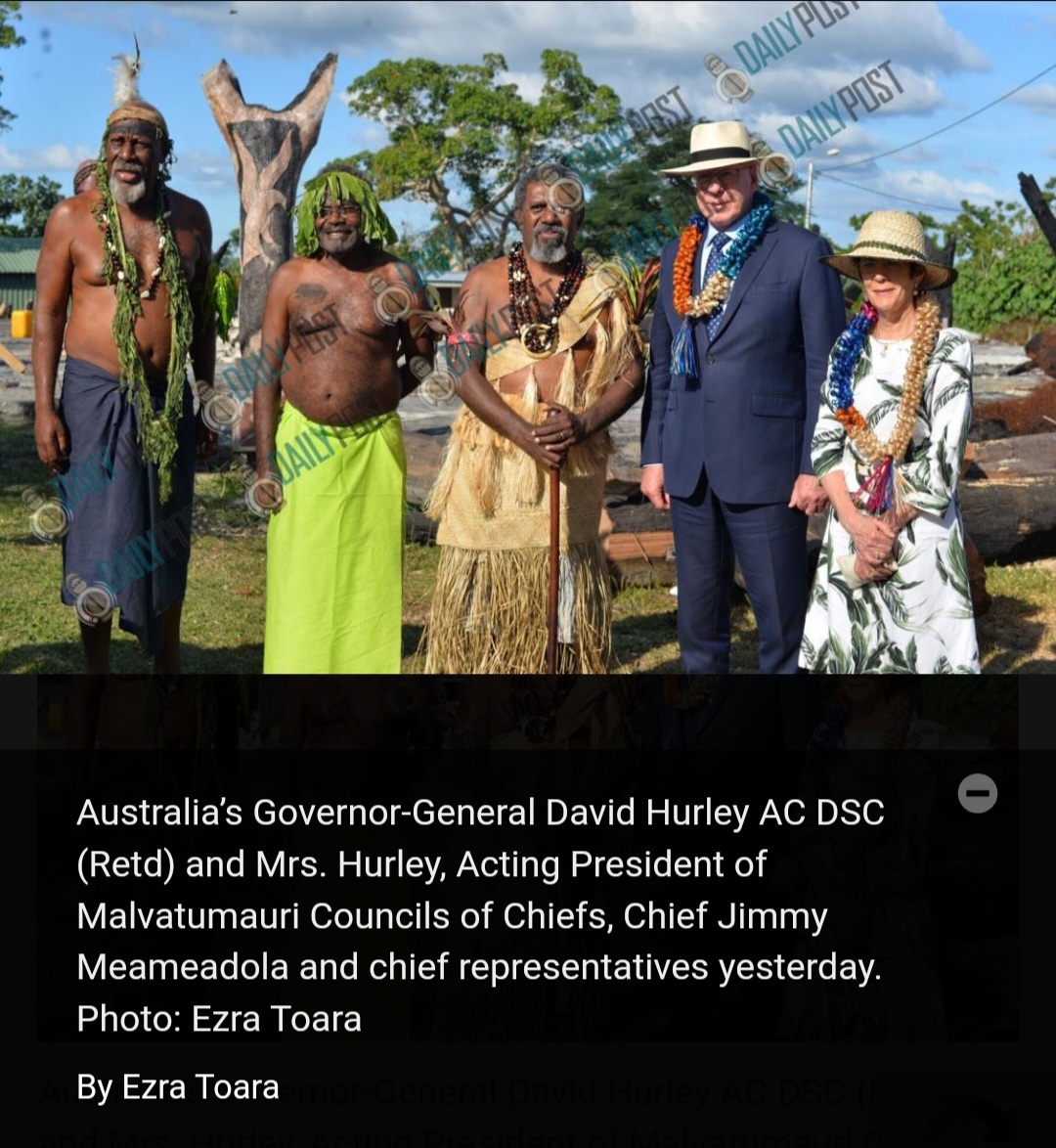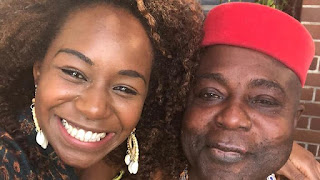My mother and father have always made it known to me, that the keepers of the Land, Earth and Soil cannot be separated from the Keepers of the Seas, Oceans, Water Ways and River Systems.OPINION
The Island of Vanuatu has been independent of colonial rule for 41 years; however, the legacy of British imperialism and slavery continues in many parts of the world including Australia. On Friday 30 July, diasporic communities and families throughout the continent celebrated a 170-year legacy of activism and community resilience. For the first time in Australian history descendants like myself, of South Sea Islanders who were trafficked and black birded to Australia, received the first ever formal apology by a government official. The official apology came from Bundaberg mayor Jack Dempsey, who acknowledged that the taking of men, women and children from their Pacific Island homelands and forced into indentured labour to work the sugar cane and cotton farm industries of Queensland "was equivalent to slavery and abhorrent".
I remember getting up early that morning to watch the live stream from Sydney, as communities gathered in Bundaberg for the apology and to celebrate Vanuatu’s Independence Day. It was a flurry of phone calls and text messages trying to get my tech to work and making sure the younger cussies (cousins) were awake and watching. Later that night, I lit a candle and hit my “Ailan Jams playlist” on Spotify letting the warm reggae sounds transport me away from Sydney back to the tropics of Queensland where most of my family still resides.
I am writing this piece to share my experiences as a South Sea Islander descendant, as I often reflect on this legacy above. Growing up, the cultural kinship shared between South Sea Islanders (Kanaka), Aboriginal and Zenadth Kesian people (colonially known as the Torres Strait) have always been a conscious part of my life. Knowing who I belong to and the ways in which we connect is something that is always on my mind, because the lives of people like my grandmother Sarah Backo, her mother Myrtle Backo (nee Malayta) and her mother before her Amy Watakin, are always on my mind. Whether it be my grandfather Robert Saylor, or the legendary Seven Sisters of Tanna and Coote families, all of my ancestors are products of this long and historical cultural intersection. And to me they are all warriors in the experience of the Pacific's journey toward decolonisation.
Throughout the entire far North Queensland coastline, it is visibly evident Island people share a distinct relationship to Aboriginal people. One of the factors for this is Australia's British legacy of imperial slavery. Not long after slavery was abolished in the UK and USA, it was soon transported to the Oceanic waters of this continent, Australia. The lucrative trade of human trafficking soon took its brutal plight upon Melanesian bodies, bodies brought across Black oceans, for the consumption of western capitalism. Between 1863-1904, some 62,000 South Sea Islander people were transported up and down the Queensland coast to work the sugar plantations and cotton farms in dehumanising and slave like conditions alongside Aboriginal and Torres Strait Islander people often without consent and with little to no pay.
Not long after slavery was abolished in the UK and USA, it was soon transported to the Oceanic waters of this continent, Australia
Queensland's booming sugar and agricultural industries alone would become largely responsible for the wealth of our nation. Despite this, our people were denied adequate compensation and intergenerational poverty we continue to strive to overcome. To this day, the seasonal workers of South Sea Islanders and other Pacific Islanders still experience conditions that mirror those much like more than 100 years ago. South Sea Islanders and Aboriginal people like many of the people in my own family, came together, built lives and raised families and children all over Far North Queensland. My family were in places like 'The Gardens' in Halifax near Townsville and Joskeleigh close to Rockhampton. Places like 'The Gardens' became sacred villages as Gabriella Hayes beautifully describes:
‘Gardens began to appear around the huts, and taro was grown in the creeks away from the eyes of the bosses. Though they were not meant to speak language, there were ways to communicate and move that happened away from watchful eyes’.
 |
My family were in places like ‘The Gardens’ in Halifax near Townsville and Joskeleigh close to Rockhampton.
Source: Supplied. |
My mother grew me up in the inner-city suburb of Glebe in Sydney, away from family and her home on Yalanji Country (Far North Queensland). She married an Akan Man Indigenous to Ghana in West Africa, who too was a long-way away from his homelands. Growing up Black, in a predominantly Black neighbourhood (before it became gentrified) I existed within and between many diverse Black-Indigenous-Oceanic communities. As someone who is tri-cultured I often think about the past and all its stories, how all of this has brought us together and come to shape the nature of Black realities and Black lives today. Modelled to me in all of the diversity within this my almost entirely Black universe, was the one, central and consistent core… our connectedness. Whether it was observing this with my Ghanaian paternal side or witnessing it on my maternal South Sea Blakfulla side, every Black person I passed on the street or found in the confines of my parent’s home, was Aunty, Uncle or pamlee (family creole term) for me.
Modelled to me in all of the diversity within this my almost entirely Black universe, was the one, central and consistent core… our connectedness
My mother and father have always made it known to me, that the keepers of the Land, Earth and Soil cannot be separated from the Keepers of the Seas, Oceans, Water Ways and River Systems. But events that have happened in our histories have tried to erase this connectedness from us and tear apart our structures like our histories displaced, distorted and disconnected. In the constant meeting and melting of these communities within my own daily life, my parents showed me that it is precisely the polarity of our difference is also our connections.
All of the intersection of my tri-cultural heritage reminds me of the word di-unital – an undivided whole, it means literally something apart and united at the same time. Like life and death, sea and sand, stars and sun – all that provides the evidence, that we too, are not devoid from this natural pattern and cycle of life. The genius of our cultures has meant that these cycles are mirrored in our societal structures, our systems of thinking, doing, being. You can find it hidden in our language, in our speech, art, dance, kinship, roles, responsibilities, and governance structures of sharing (obligation) and caring (reciprocity). All of this what has ensured our survival and is that which provides us with the deeds and titles of collective custodianship and connectedness to not only the lands – but to one another.
 |
Kaiya Aboagye (front centre) as a child, surrounded by family.
Source: Supplied |
Our people are no different, we Aboriginal, Zenadth Kes and South Sea Islander people are both equal parts to the same whole. Di-unital. This principle of harmony and reciprocal kin will always remain the first pillar of Black/Indigenous Oceanic life and sovereignty. Despite this, little is known about the deep nature of our relations or relating. How it is encoded into all of our systems for being. Our systems for knowing each other, identifying ourselves and our networks of belonging are shared, ancient and interconnected. They have provided our people peace, balance and cultural equanimity.
Sadly, however, our connectedness is often misunderstood and misrepresented in mainstream media, research and scholarship. In my own scholarly works I write back to empire to counter colonial ideas that have distorted this concept within Black Indigenous realities.
Fijian scholar Tracy Banivanua Mar wrote extensively on our interconnected struggles in our shared plight toward decolonisation in the Pacific. Similarly, my work is inspired by Mar, celebrating lineages of connection, where Aboriginal, Zenadth Kesian, Kanaka South Sea Islanders, and other Pasifika kin are all Wantok, One Salwara People. Together Bla(c)k First Nations, Oceanic sovereign people to the continental plate of Sahul. Aboriginal, Zenadth Kesian and South Sea/Kanak people are also a people brought together and enslaved by race-based policies of segregation and assimilation. And because of this our story has not been without complexity nor fragmentation. This complex history has played out in many forms of racialised violence, including violence perpetuated amongst ourselves.
From the moment of imperial inception, the settler colonial project has sought to conquer, categorise and divide Aboriginal, Torres Strait and South Sea Islander people. Separating, categorising and dividing us up, just as they have done our lands and waterways for themselves. But the sacred winds weave and connect all Oceanic Islands and their peoples back together. Breathing air into our lives, in much the same way that the constellations, stars and galaxies remind us we are cosmically connected. Without one the other cannot survive. Our liberation and pursuit for justice, truth and peace in the Country will always be intrinsically connected. Not because of colonialism, but because of the ancient Indigenous knowledge systems that anchors us in our relations, relations to the land, relations to the seas and relations to each other.
Kaiya is a Ghanaian, Aboriginal, South Sea and Torres Strait Islander lecturer at University Western Sydney, she teaches Indigenous Social Sciences and is a PhD candidate within the School of Sociology and Social Policy at the University of Sydney.
This article is part of SBS Voices' Straight Up Islander series, showcasing the work of writers with ancestral ties across Oceania. It has been edited by Winnie Dunn, in partnership with Sweatshop Literacy Movement Inc.
A commissioned illustration for the SBS Voices 'Straight Up Islander' collection by artist Tori-Jay Mordey.
 |
A commissioned illustration for the SBS Voices 'Straight Up Islander'
collection by artist Tori-Jay Mordey.
Source: Tori-Jay Mordey |
Source:
https://www.sbs.com.au/






 3:49 PM
3:49 PM
 Papua Travel
Papua Travel








